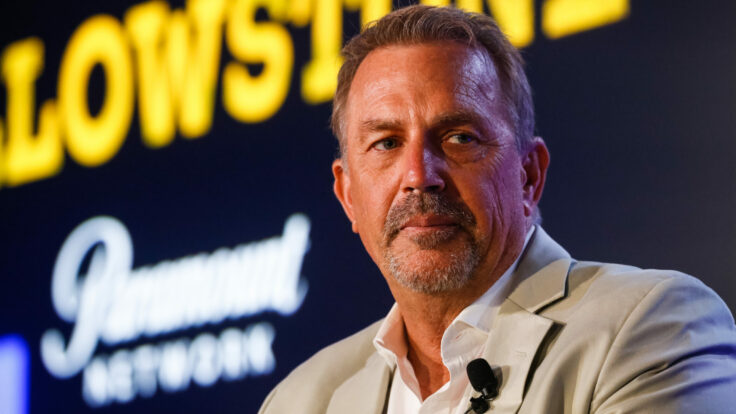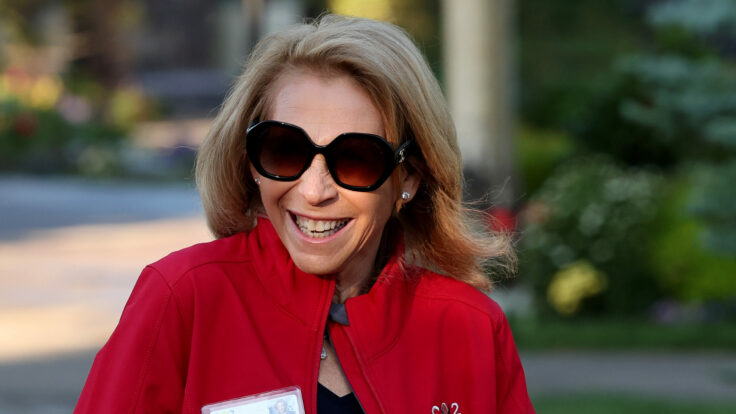Every year, in the lengthy preamble of their annual earnings report, Fox Corp. lists a litany of “risk factors” that could adversely affect Rupert Murdoch’s remaining $18 billion empire. This portion of the S.E.C. filing, which runs twelve-and-a-half pages, includes all the usual external and internal vulnerabilities that burden most legacy media moguls, including but not limited to: “changes in consumer behavior” brought on by “evolving technologies and distribution platforms,” declines in ad spending, the potential loss of live sports rights, changes in macroeconomic conditions, and the customary legal, regulatory and cybersecurity concerns. In light of recent events at Fox News, the company’s primary economic engine, two other vulnerabilities stand out: “damage to our brands… or our reputation,” and “the loss of key personnel, including talent.”
At 11:28 a.m. on Monday, I tweeted the news, confirmed in a press release that went wide mere moments later, that Fox News was parting ways with Tucker Carlson. Tucker, of course, continually tested the Murdochs’ ability to balance the two aforementioned vulnerabilities: On the one hand, his 21st Century Father Coughlin routine—the populist conspiracy theorism, the bigoted fearmongering, etcetera—exposed the broader Fox Corp. business to negative consumer sentiment, advertiser flight and, ultimately, potential legal risks, the details of which are still coming into view. On the other hand, Carlson was a ratings juggernaut who drew around 3.2 million viewers a night and served as a bulwark against MAGA America’s post-2020 drift to the relative nether regions of OANN and Newsmax, or off television and further afield.

















